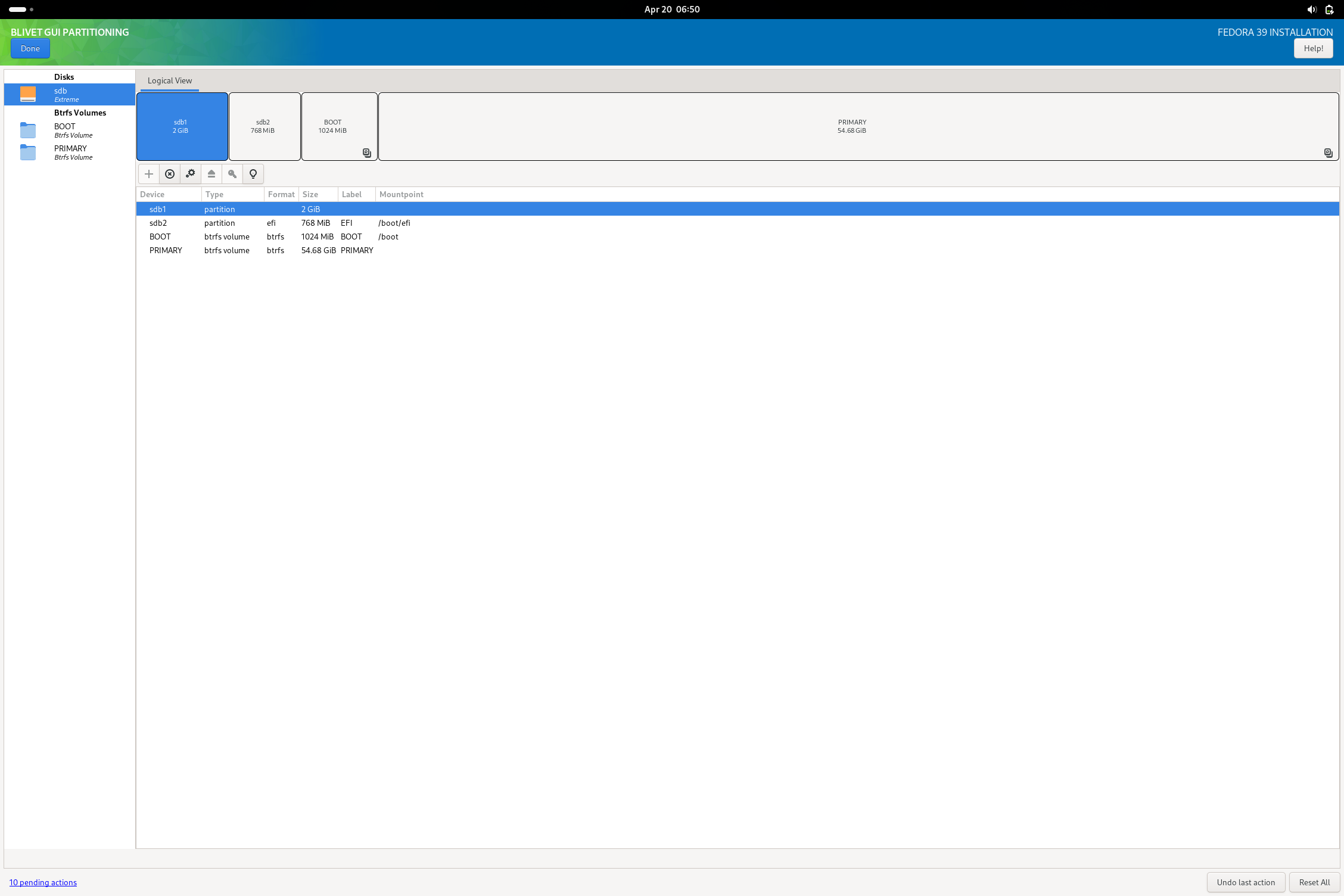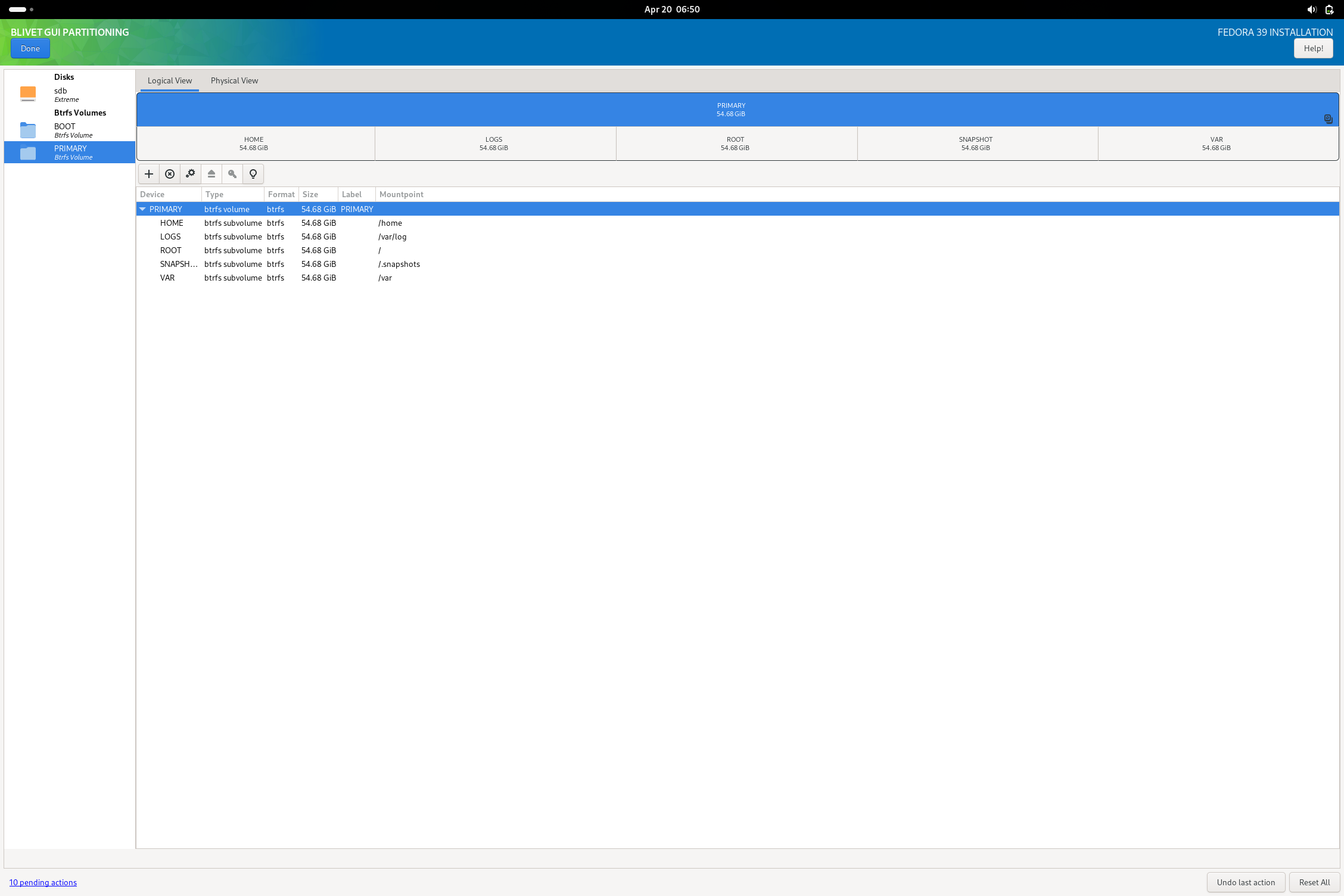The flatpak documentation has a semi-relevant page on setting up a flatpak repo utilizing gitlab pages and gitlab’s CI runners on a pipeline. Obviously, you’d need to substitute Gitlab Pages for a webserver of your choice and to port the CI logic over to Gitea Actions (ensuring your Gitea instance is setup for it).
A flatpak repo itself is little more than a web server with a related GPG key for checking the signatures of assembled packages. The docs recommend setting up the CI pipeline to run less on-commit to the package repos and more on the lines of checking for available updates on interval, though I imagine other scenarios in a fully-controlled environment such as a selfhosted one might offer some flexibility.








Godot maintains a fairly comprehensive documentation that can even be fully downloaded.